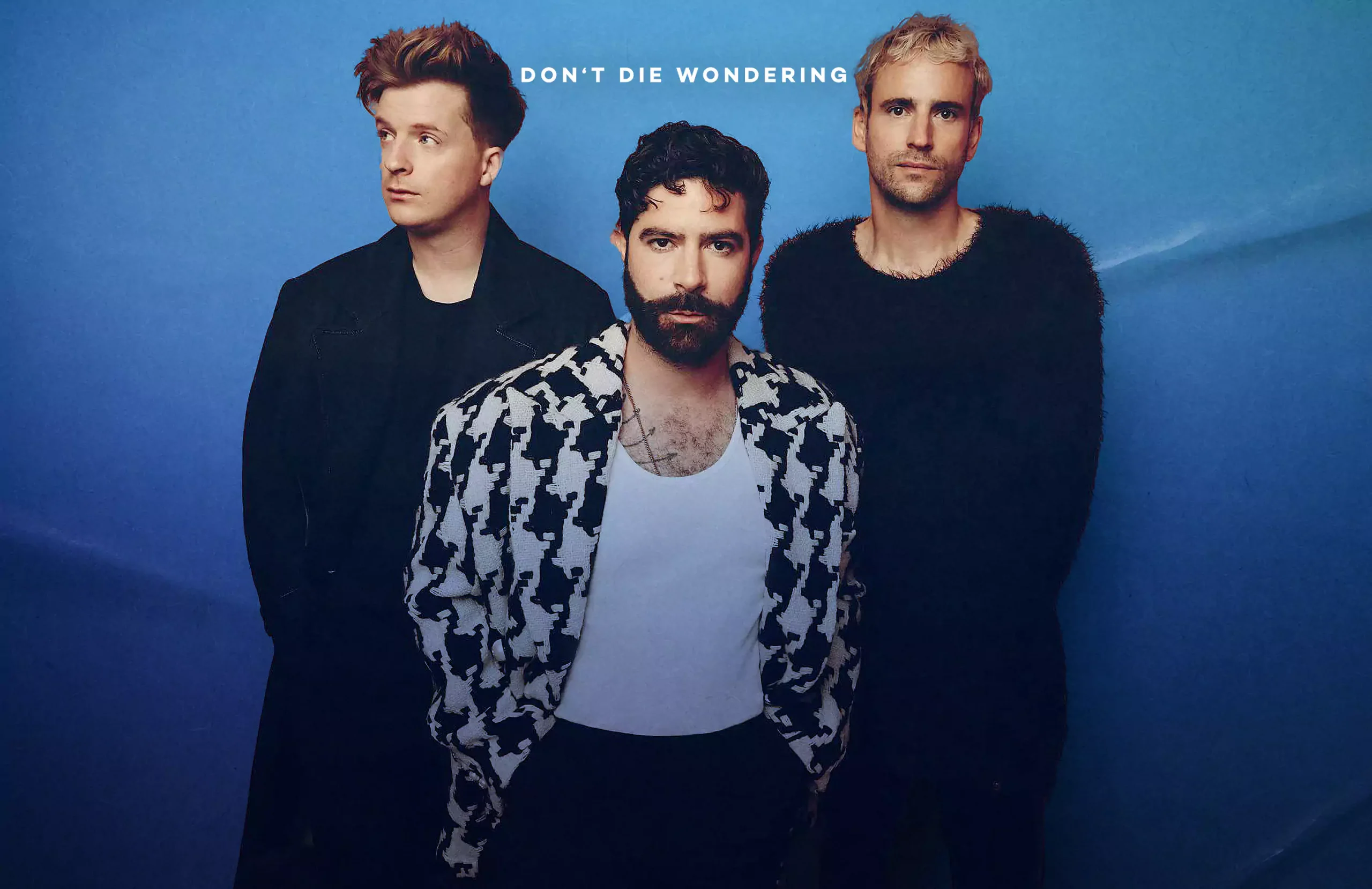The digital world of the metaverse holds endless possibilities with artists and labels ready to capitalise.
With 2021, unarguably, being the year of digital advancements and NFTs, it also marked the manifestation of a concept bigger than all of us – the Metaverse. The introduction of which left the world divided, there were those excited, those confused, and that dead-set against it.
It was during the height of the 2020 pandemic when Epic Games’ battle-royale-themed Fortnite left the music industry in awe after their remunerative virtual event with Travis Scott: which brought in a total of 27.7 million players.
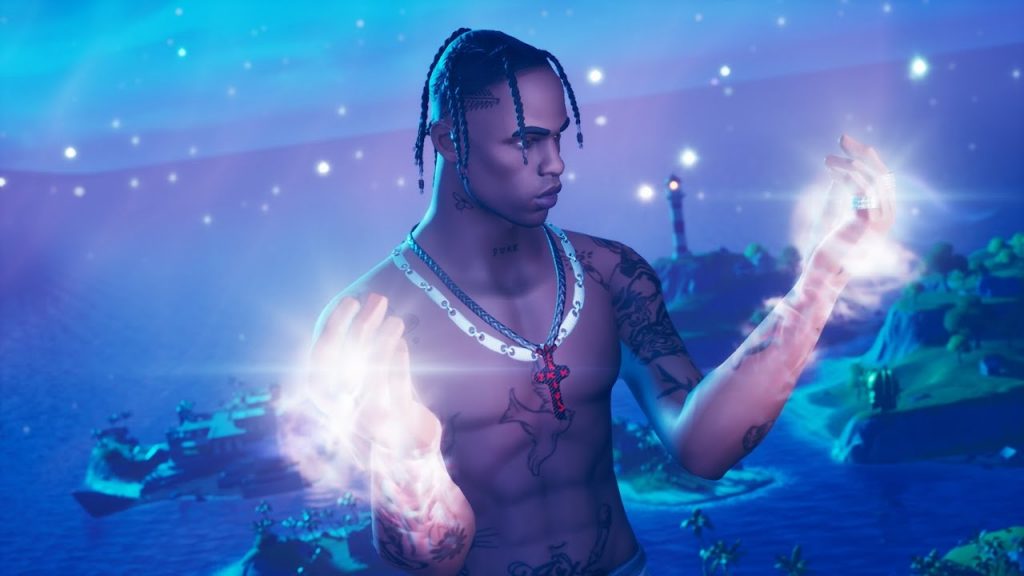
The lucrative concept saw Scott perform in-game through a digital avatar. Something completely original but not an idea to be outdone. Roblox topped the Epic Games event introducing Lil Nas X to their digital world, gaining a total of 33 million viewers.
The virtual concepts seemed to bring a brief sense of normality to those amid societal disarray. Overnight, remote and virtual interactions became a norm. With live music on an indefinite hiatus and the future far from certain, virtual events were gaining widespread attention, not limited to gamers or tech-heads.
As months followed, Ariana Grande was the next superstar to make a virtual appearance on Fortnite with Twenty-One Pilots avatars visiting users in the world of Roblox. The concept is expanding at an exponential rate.
Pop superstar Justin Bieber, The Weeknd, and J Balvin invested money into metaverse concept-Inside Wave: an animated concert-streaming music and tech company, with Bieber holding VR concerts through the platform.
Into the Metaverse
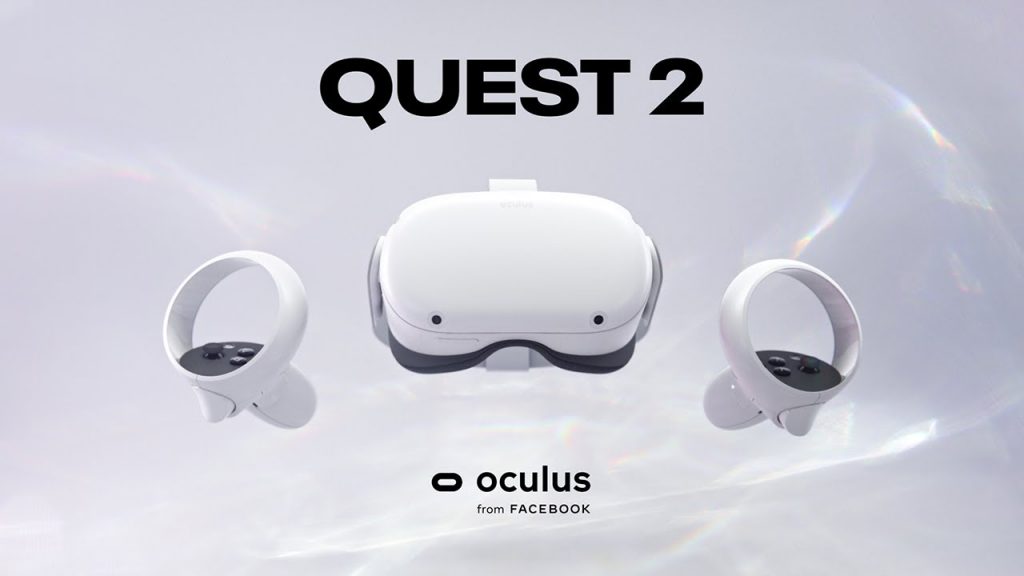
Fast forward to 2022 and it would seem that the metaverse’s virtual-music future is closer now ever.
Meta’s Quest 2 VR headset has sold more than 10 million units: its Oculus app store has brought in more than $1 billion profit in sales, with rumours circulating that Apple and Amazon are also set to release their own VR components. The headset ultimately allows buyers to enter and experience the metaverse at the switch of a button.
The metaverse itself can only be described as a virtual MMORPG, except instead of completing quests, users take the form of digital avatars. Users are also able to purchase digital assets such as properties, cars, luxury clothes, and also attend virtual concerts.
Virtual Concerts
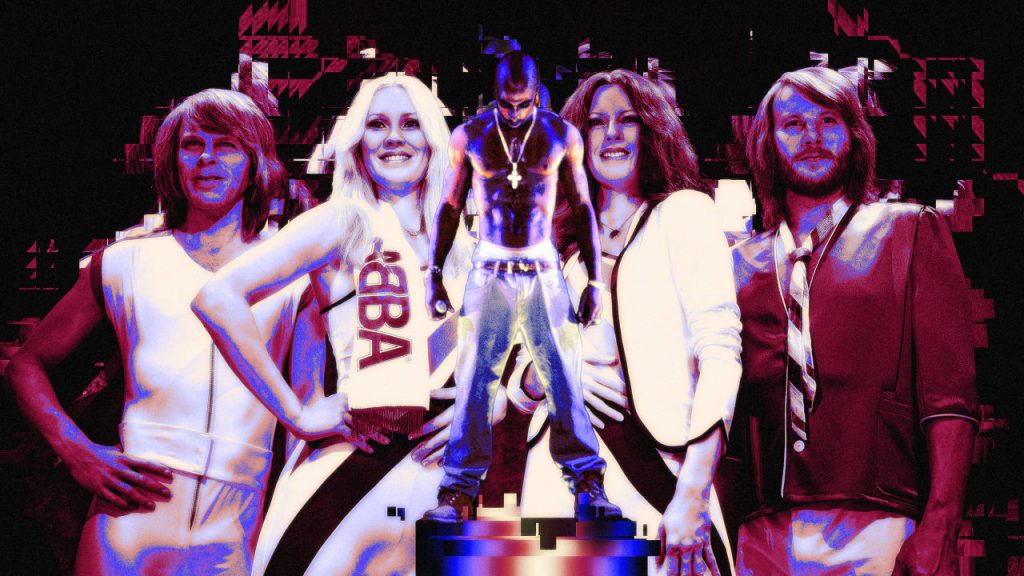
Virtual concerts have become the metaverse’s main attraction, Foo Fighters performed a VR concert on Facebook back in February. ABBA sold more than 300,000 tickets for their virtual tour that combined a live band with the pop icons appearing as digitally remastered avatars.
Music tycoons Warner Music Group have recently partnered with the Sandbox; a virtual world: with events to be announced.
Snoop Dogg shocked millions of fans earlier this year by announcing the purchase of his digital metaverse real estate, even making a song about it.
Sony Music has announced a collaboration with the aforementioned Roblox and Universal seems to be creating a partnership with Genies– a company that creates digital avatars for the metaverse.
Bloomberg Intelligence has predicted the metaverse could be a digital market worth up to a staggering $800 billion by 2024. With the likes of Meta, Apple, Warner, Sony, and Amazon investing millions into the concept, only time will tell.
Digital Assets and NFTs
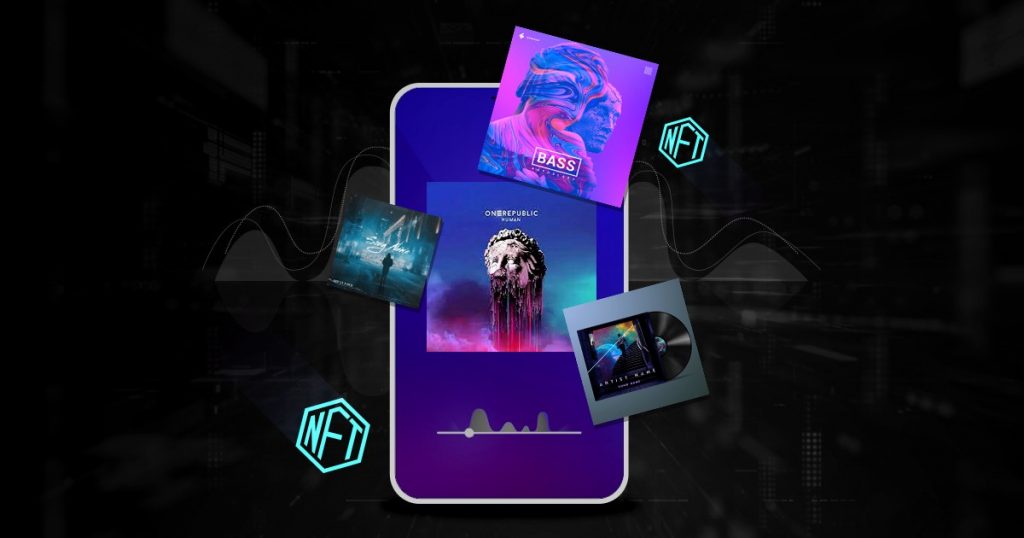
Outside of the world of the metaverse comes another digital asset – the NFTs.
With NFTs, artists can create a variety of digital assets ranging from exclusive tracks and digital merch to tokens that grant exclusive access to Discord communities or real events. NFTs are stored in a crypto wallet that can be cross-referenced, providing details that prove exactly who owns what.
The cross-reference element was introduced to stop replication and fraud.
Many NFT values come from the fact that they can be re-sold. This incentive allows the owner to become involved with the digital asset and the community surrounding each artist to increase the NFT’s original value, both promoting the asset and the artist themselves. The NFT thus now becomes a rare form collectible.
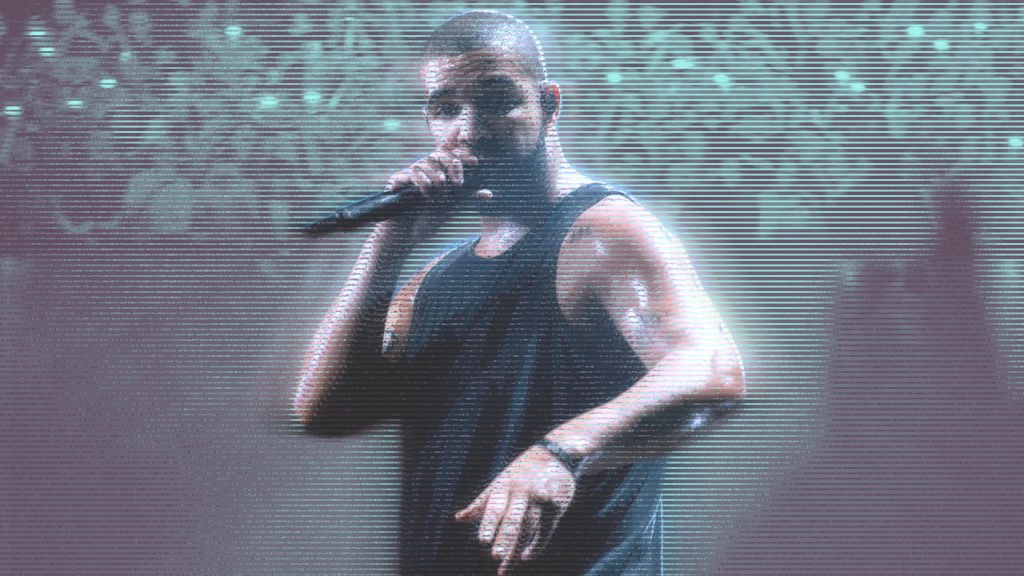
Through virtual and real concerts, artists can offer a range of different NFTs, from free tokens that reward interaction and support to even high-valued exclusive assets such as meet-and-greet tokens or selective prize draw.
NFTs will not only become accessible through the music industry but both sports and film, with the digital asset seeming to be integrated through all domains of modern media.
While there is no absolute science behind what makes an NFT successful, the influence an artist has before releasing them usually benefits the reception through the already existing fanbase.
NFTs open new possibilities and opportunities for up-and-coming artists and existing superstars and help create a community within that fanbase.
Outside of the digital community, NFTs allow artists to create a greater sense of independence. Instead of signing record deals and only seeing a fraction of the profits from album sales, artists can sell a digital asset, retaining a larger sum of the sale and ultimately increase their overall revenue.
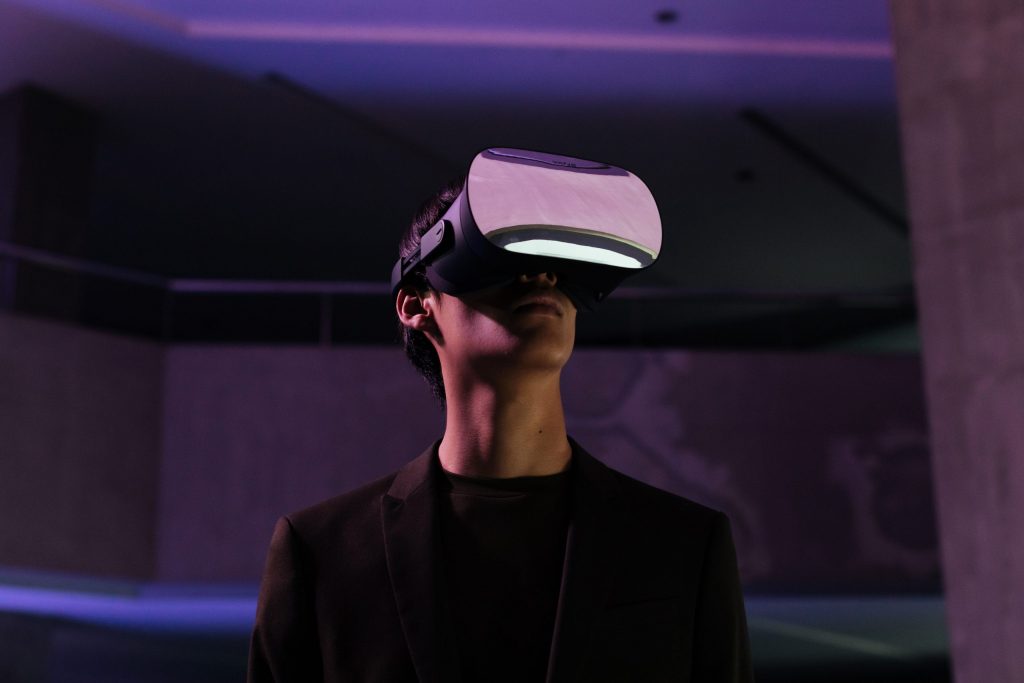
The digital age which seemed disconnected at first is now bringing us together through such concepts. With huge investments being made into VR and events that can be orchestrated through the digital platform, it is only a matter of time before the metaverse becomes the better version of reality.
Accessible through the click of a button and a headset, the opportunities and potential seem endless. Whether you want to watch a virtual concert or connect with an artist’s community you never could’ve connected with – the metaverse will offer newfound experiences that will either be for better or worse.
Only time will tell if this fast-growing concept will be an advancement in the technological world or instead, a cash-grab gimmick that will soon be forgotten.

